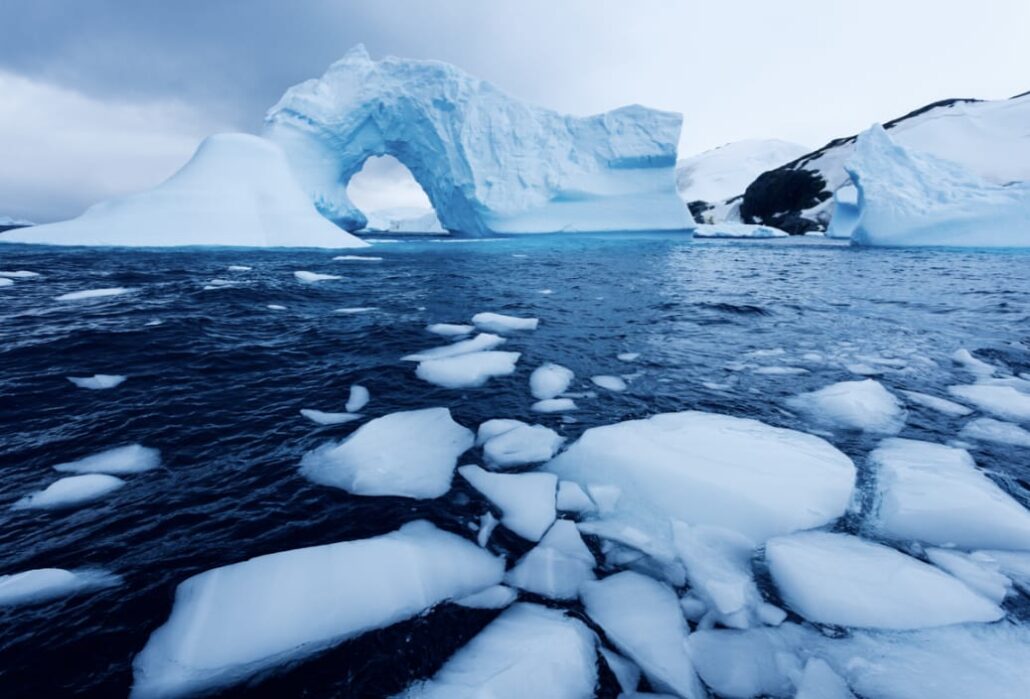
Glacial lakes across the Himalayan region have expanded by 10.81% from 2011 to 2024, largely due to climate change, according to a report by the Central Water Commission (CWC).
This expansion raises concerns over the growing risk of glacial lake outburst floods (GLOFs), which could threaten communities, infrastructure, and biodiversity downstream.
The CWC report, accessed by PTI, revealed that glacial lakes in India have seen a more substantial increase, with a 33.7% rise in area, growing from 1,962 hectares in 2011 to 2,623 hectares by September 2024.
Notably, 67 lakes in India alone experienced over a 40% expansion in surface area, categorizing them as high-risk for GLOFs.
Regions like Ladakh, Himachal Pradesh, Uttarakhand, Sikkim, and Arunachal Pradesh reported the most pronounced lake expansions, underscoring the need for intensified monitoring and disaster readiness.
The overall area of Himalayan glacial lakes increased from 533,401 hectares in 2011 to 591,108 hectares in 2024, primarily driven by accelerated glacier melting due to rising temperatures.
The CWC attributed this rapid lake expansion to the accelerated melting of glaciers, emphasizing that shrinking glaciers and expanding glacial lakes are among the most visible impacts of climate warming in the Himalayas.
Sudden floods occur when glacial lakes breach their natural dams, releasing massive amounts of water downstream. Therefore, close monitoring of even smaller lakes is crucial, the report stressed.
To enhance monitoring capabilities, the CWC has deployed advanced satellite technology, including Sentinel-1 Synthetic Aperture Radar (SAR) and Sentinel-2 multispectral imagery, which offer precise, all-weather monitoring with a 10-meter accuracy.
A senior CWC official noted that this technology is essential for providing timely updates on high-risk lakes and enabling early interventions to mitigate GLOF risks.
The report also highlighted transboundary risks posed by glacial lake expansion in neighboring countries, such as Bhutan, Nepal, and China.
Recognizing the shared nature of the Himalayan river basins, the CWC called for collaborative monitoring, data sharing, and joint risk assessment strategies across borders.
In addition to flood risks, the expansion of glacial lakes could impact water availability in major river systems, including the Ganga, Brahmaputra, and Indus, which millions rely on.
The report underscored the importance of regional cooperation to develop early warning systems, enhance disaster preparedness, and promote community awareness to protect vulnerable populations.
Using data from 2011 and comparing five- and ten-year averages, the CWC identified trends in lake expansion that can help pinpoint high-risk areas.
With a commitment to reducing monitoring intervals and improving data precision, the CWC aims to build a robust system for early detection and response to the evolving threats posed by Himalayan glacial lakes.
